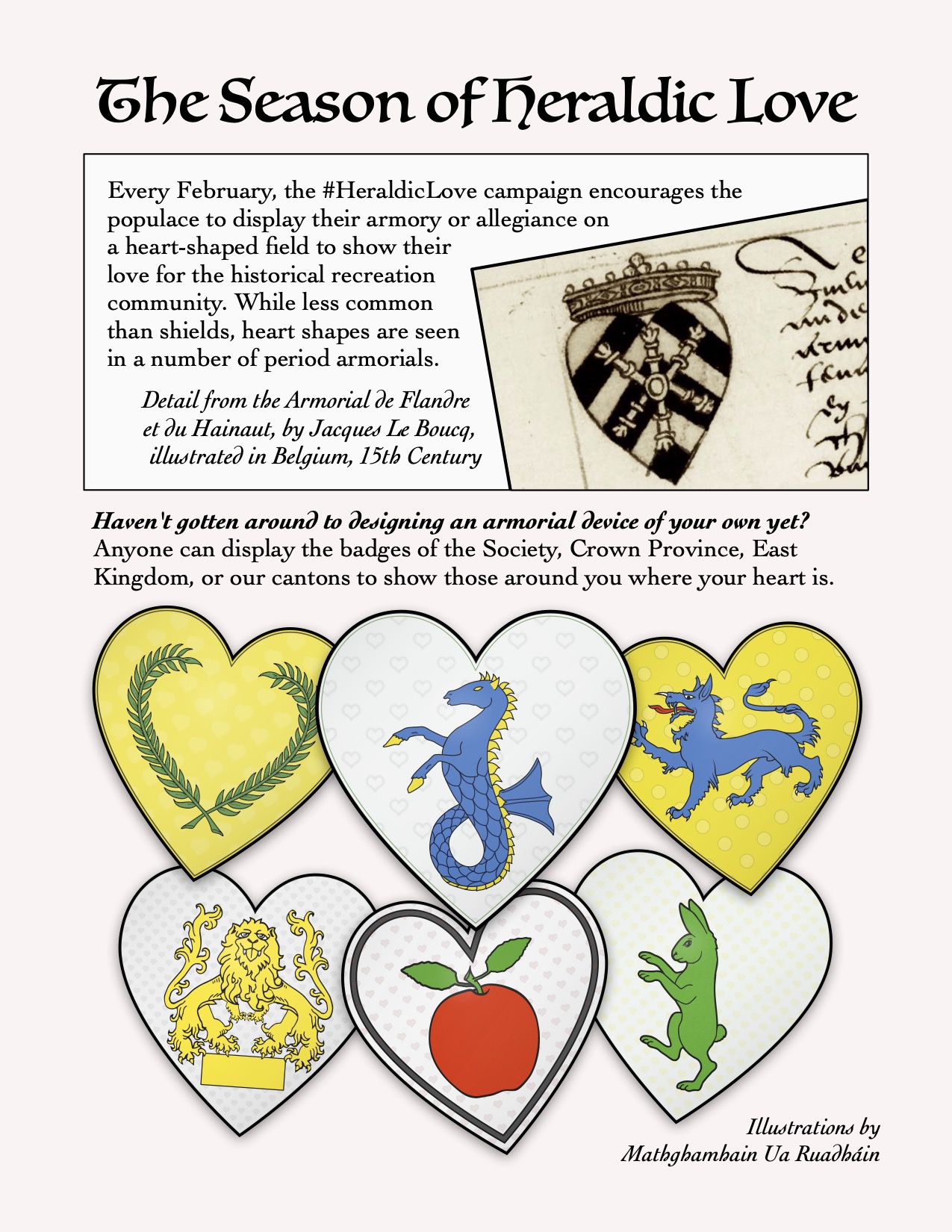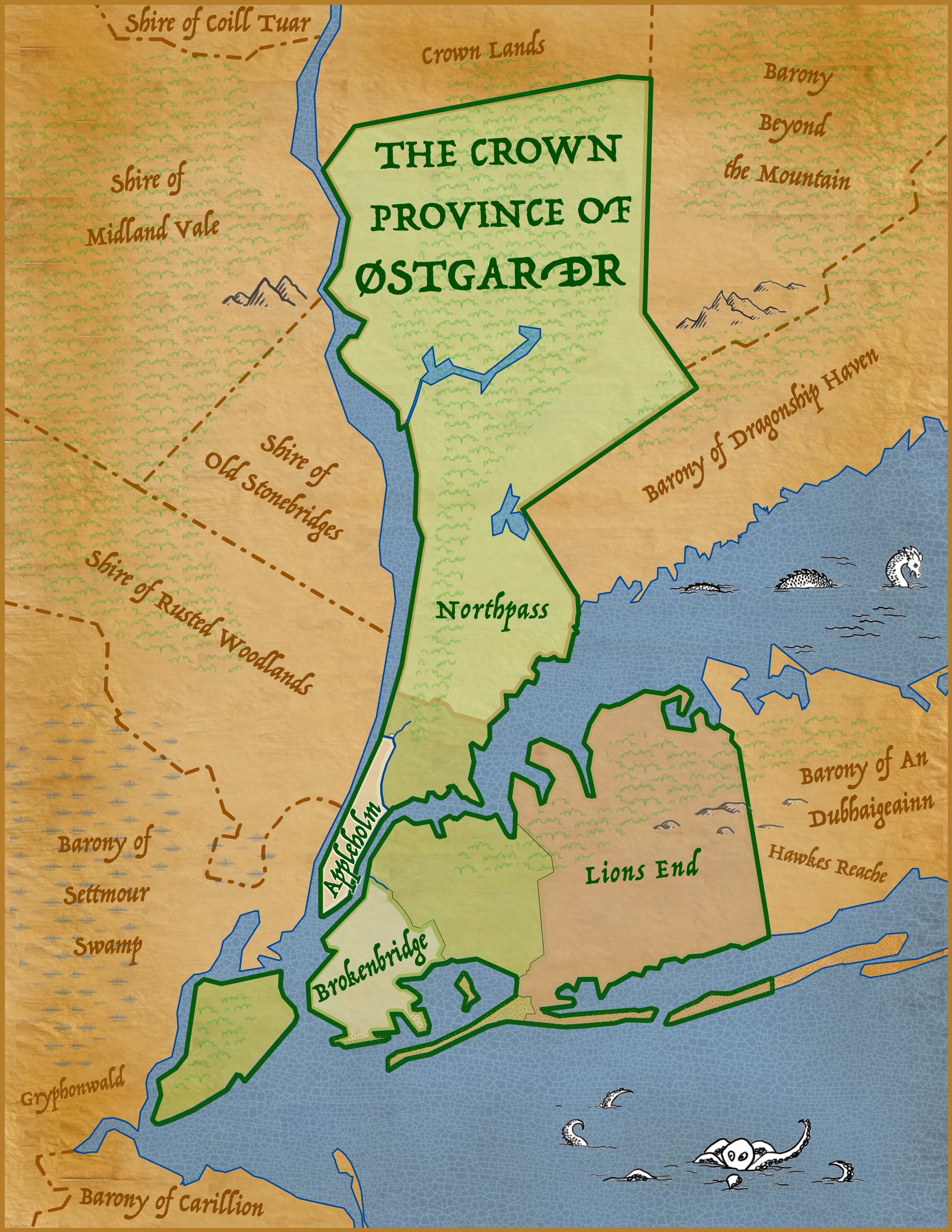A couple of days ago, I was working on getting some old LoARs ready for publication online when I stopped to consider who held the copyrights to them.
[As with all of the legal commentary on this site, the below should be read with the knowledge that I am not a lawyer, and none of this should be taken as legal guidance — I’m just attempting to describe a somewhat-obscure issue as best I understand it.]
Because the letters were created by volunteers rather than employees, they are not “work for hire,” and I don’t think any past Sovereigns have been asked to sign agreements on the subject.
That would suggest that the copyrights to the LoARs remained with their original creators — the Sovereigns and their staff.
Breaking up is hard to do, and the split at the heart of this case was no exception. … Mr. Losieniecki agreed to serve … and participated in that event as an “official volunteer.” This, they argue, means the photographs are “works made for hire” under the Copyright Act… On that issue, the answer is clear… the Court finds that Mr. Losieniecki owns the photographs at issue […] “work made for hire” […] applies only to works produced by employees or, if a written contract exists, independent contractors. An unpaid volunteer for a nonprofit organization is neither.
— Judge Ranjan in Hubay v. Mendez, 2020
However, at least since 1997 or so, when the Sovereigns have caused the LoAR to be published online every month, it has appeared with a statement and link at the bottom of the page along the lines of “Copyright © 1997 Society for Creative Anachronism, Inc.”
It seems credible that if a volunteer publishes something they wrote and causes it to include a statement that the organization is the copyright holder, that in and of itself might be sufficient to transfer the copyright.
The writing does not require any “magic words . . . Rather, the parties’ intent as evidenced by the writing must demonstrate a transfer of the copyright.” …. “Section 204(a), by its terms, imposes only the requirement that a copyright transfer be in writing and signed by the parties from whom the copyright is transferred…”
— Judge Huff, Johnson v. Storix, 2017
On these grounds, the existence of the letters, signed and authored by the Sovereigns, and posted with a statement of copyright by the SCA, seems evidence of the intention to grant copyright to the Society.
(This argument is weakened by the fact that the copyright statements were applied by the Morsulus Herald or post-meeting clerk at the time that the files were uploaded to the web, rather than written by the Laurels themselves, but given that Morsulus and Silver Staple are working under the direction of Laurel, and that each Laurel sees these copyright statements many times and none of them have ever said “oh, no, wait, that’s a mistake, I didn’t intend to transfer the copyright to the letters I wrote,” this still seems like a clear indication of their intent.)
As to the letters created before 1996 or so, it’s quite possible that nobody ever considered their copyright status — I certainly haven’t been able to find any written mentions of it.
To my understanding, this likely means that the copyright to those early letters remains with the original authors, but that everyone involved understands that they have granted the SCA permission to use those letters in all of the ways that the Society typically does, including publishing, excerpting, citing, summarizing, and transforming them.
Thankfully, the people who sign up to be Sovereigns are pretty committed to the heraldic community, such that even if there was an acrimonious feud, it seems unlikely that any would try to revoke that permission. (And even if they did, some use would likely still be allowed under the “fair use” doctrine of U.S. law.)












